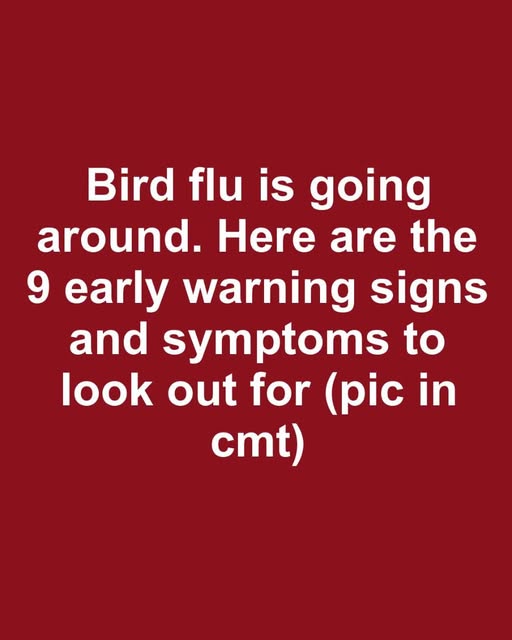Understanding Bird Flu: Symptoms, Risks, and Prevention
Bird flu, or avian influenza, is a viral infection that primarily affects birds but can sometimes spread to humans and other animals. Among the many strains of the virus, H5N1 and H7N9 have been identified as particularly concerning due to their potential to cause severe respiratory illness in humans. Global outbreaks have led to significant challenges, including poultry losses and economic disruptions. Given the possibility of the virus evolving, understanding bird flu remains essential for public health efforts worldwide.
How Bird Flu Spreads
The virus primarily transmits through direct contact with infected birds or their secretions, including saliva, nasal fluids, and feces. Indirect transmission can also occur when people come into contact with contaminated surfaces such as bird cages, clothing, and farm equipment. While human-to-human transmission is rare, exposure in high-risk environments, such as poultry farms, increases the likelihood of infection. Migratory birds further complicate containment efforts, emphasizing the importance of biosecurity measures in poultry farms and live bird markets.
Recognizing Bird Flu Symptoms
Early detection of bird flu is key to controlling its spread and ensuring timely medical intervention. Symptoms in humans can range from mild to severe, often appearing within two to eight days of exposure. Common signs include:
Continue reading on next page…

